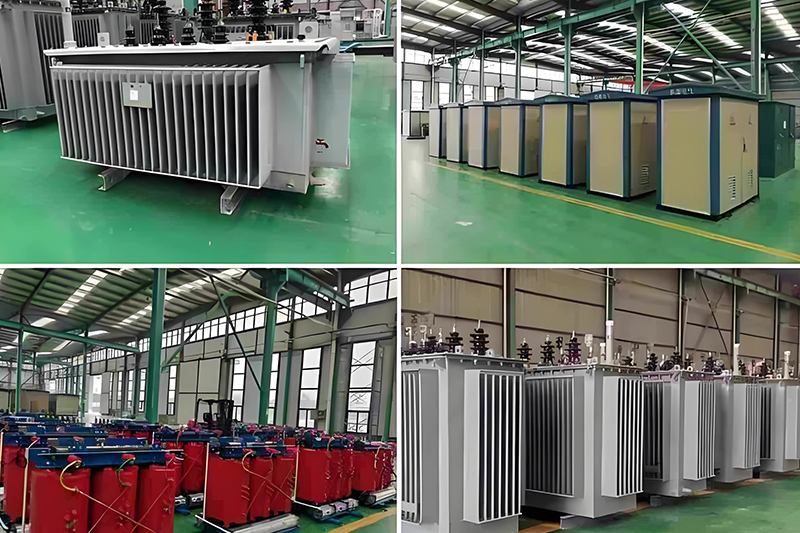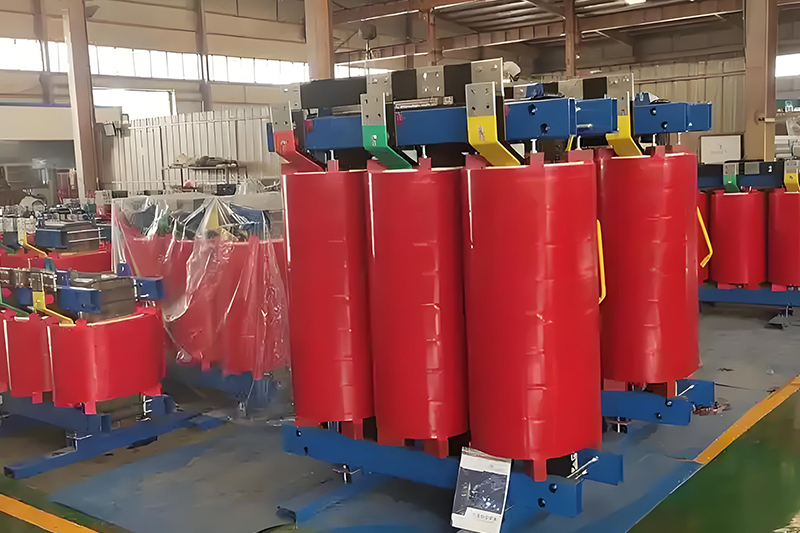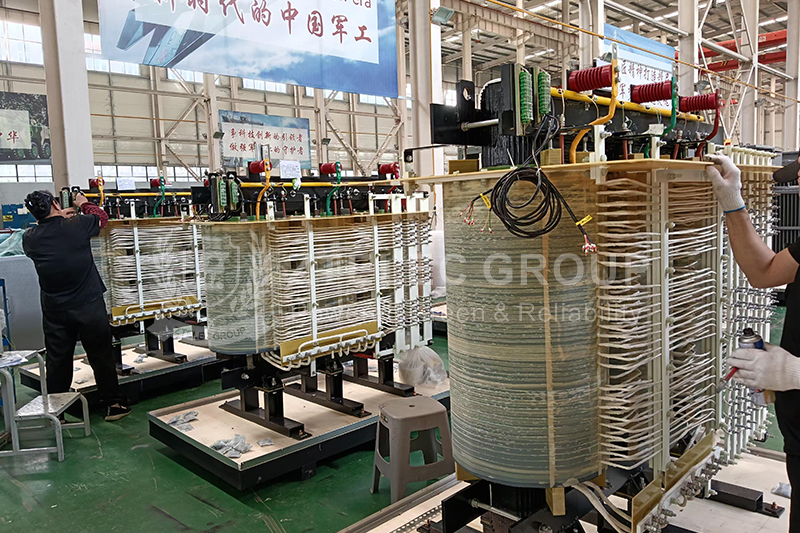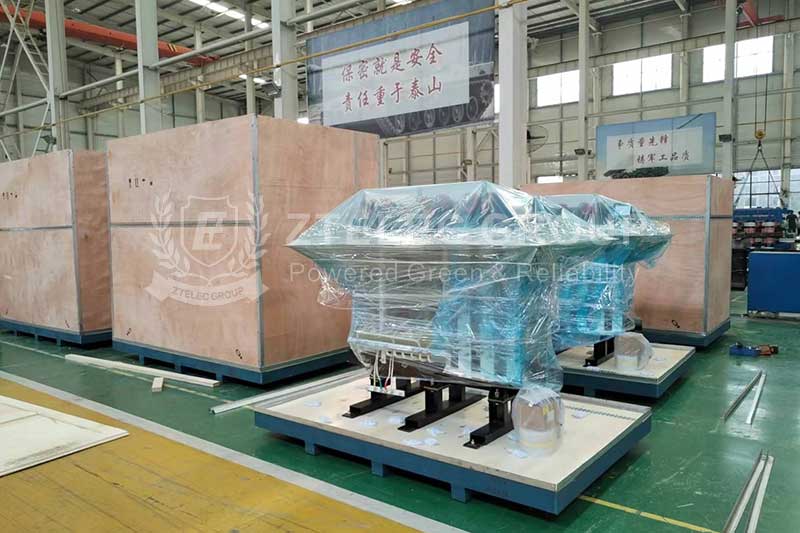What Regular Inspections Are Required After Transformer Installation?
After a transformer is installed, its long-term safety, stability, and efficiency depend on regular inspections across several key areas. These include appearance checks, performance parameters, insulation systems, cooling mechanisms, protection devices, and load conditions. This article outlines the essential inspection items and operational guidelines to help maintain optimal transformer performance.

Transformer Visual Inspection
Enclosure and Sealing: Inspect the external housing for deformation, rust, cracks, or oil leakage. Check sealing gaskets, oil level gauges, and drain valves for integrity.
Accessory Condition: Examine breathers, gas relays, and pressure relief valves for wear or damage. Replace discolored silica gel. Verify temperature and oil level indicators for accuracy and intact displays.
Environmental Impact: Ensure the surroundings are clean, dry, and free from corrosive agents. Ventilation ducts must be unobstructed, and dust filters should be clean for effective heat dissipation.
Transformer Operational Parameter Monitoring
Voltage and Current: Measure three-phase voltage and current regularly to confirm balance and avoid overload or harmonic issues.
Power Factor: Monitor reactive power to maintain an efficient power factor close to the rated value.
Harmonic Analysis: Use power quality analyzers to detect excessive harmonics that could damage the transformer.
Temperature Monitoring: Record oil and winding temperatures using infrared or fiber-optic sensors, comparing them with historical data. Verify automatic operation of fans and oil pumps. Keep radiators clean.
Noise and Vibration: Monitor sound levels to detect anomalies such as loose cores. Inspect foundation bolts and shock absorbers to ensure vibration control.
Transformer Insulation System Inspection
Insulation Resistance: Measure winding-to-ground and inter-phase resistance using a megohmmeter. A drop greater than 30% from baseline requires investigation.
Dielectric Loss (tanδ): Regular testing can reveal insulation aging. Exceeding values indicate the need for drying or replacement.
Partial Discharge: Use ultrasonic or UHF methods to detect early-stage insulation breakdowns and prevent failures.

Transformer Oil Analysis
Chromatography Testing: Analyze dissolved gases like H₂, CO, CO₂, and CH₄ to detect internal faults such as overheating or arcing.
Moisture Content: High water content reduces insulation efficiency. Filter or replace oil as needed.
Dielectric Strength: Test breakdown voltage to ensure the oil maintains insulation standards.
Oil Level Adjustment: Align oil levels with ambient temperature curves to avoid false readings and protect insulation.
Transformer Protection Device Testing
Relay Protection: Test differential, gas, and overcurrent relay thresholds. Review alarm records and secure all wiring connections.
Fuses and Circuit Breakers: Confirm fuse ratings are appropriate. Check breakers for smooth operation and no sticking.
Transformer Load Management
Load Monitoring: Avoid long-term overloading. During summer or peak seasons, reduce load to preserve capacity. Use load curves to analyze and optimize energy use.
Three-Phase Balance: Measure current imbalance using a clamp meter. Adjust load distribution if deviation exceeds 10%.
Special Environmental Inspections
Outdoor Transformers: Measure grounding resistance of lightning arresters (should be ≤4Ω). Inspect for corrosion in coastal areas and apply anti-rust treatment where needed.
Indoor Transformers: Ensure ventilation systems keep ambient temperature below 40°C. Check firefighting systems like extinguishers or gas suppression for validity and readiness.
Recommended Inspection Intervals
Daily: Check external condition, oil level, temperature, and noise.
Monthly: Monitor electrical parameters, load distribution, and cooling system operation.
Annually: Perform full-scale tests, including insulation resistance, oil testing, and protection system calibration.
Dynamically Adjusted: Older or high-risk transformers require shorter inspection intervals and more frequent partial discharge checks.
By conducting these inspections regularly, potential failures can be detected early, ensuring the longevity and reliability of the transformer. Inspection frequency should be tailored to the transformer's age, operating environment, and manufacturer recommendations.
- more+releated article
- 2025-12-13How to Select and Use Phenolic Cloth-base Lami
- 2025-12-13How Much Does Bakelite Sheet Cost? 2025 Price
- 2025-12-13Why are most 3240 epoxy boards yellow?
- 2025-12-13What are the Main Applications of FR4 Epoxy Bo
- 2025-12-13Why Does the Price of Insulating Paperboard Va
- 2025-12-13Heat-Resistant DDP Insulation Paper
- 2025-12-13Comparison of Heat-Resistant DDP Insulating Pa
- 2025-12-13G10 and FR4 Epoxy Boards: Commonly Used for Ge
- 2025-12-13The Price of Heat-Resistant DDP Insulation Pap
- 2025-12-13How to Choose Epoxy Laminate Materials for Gen





